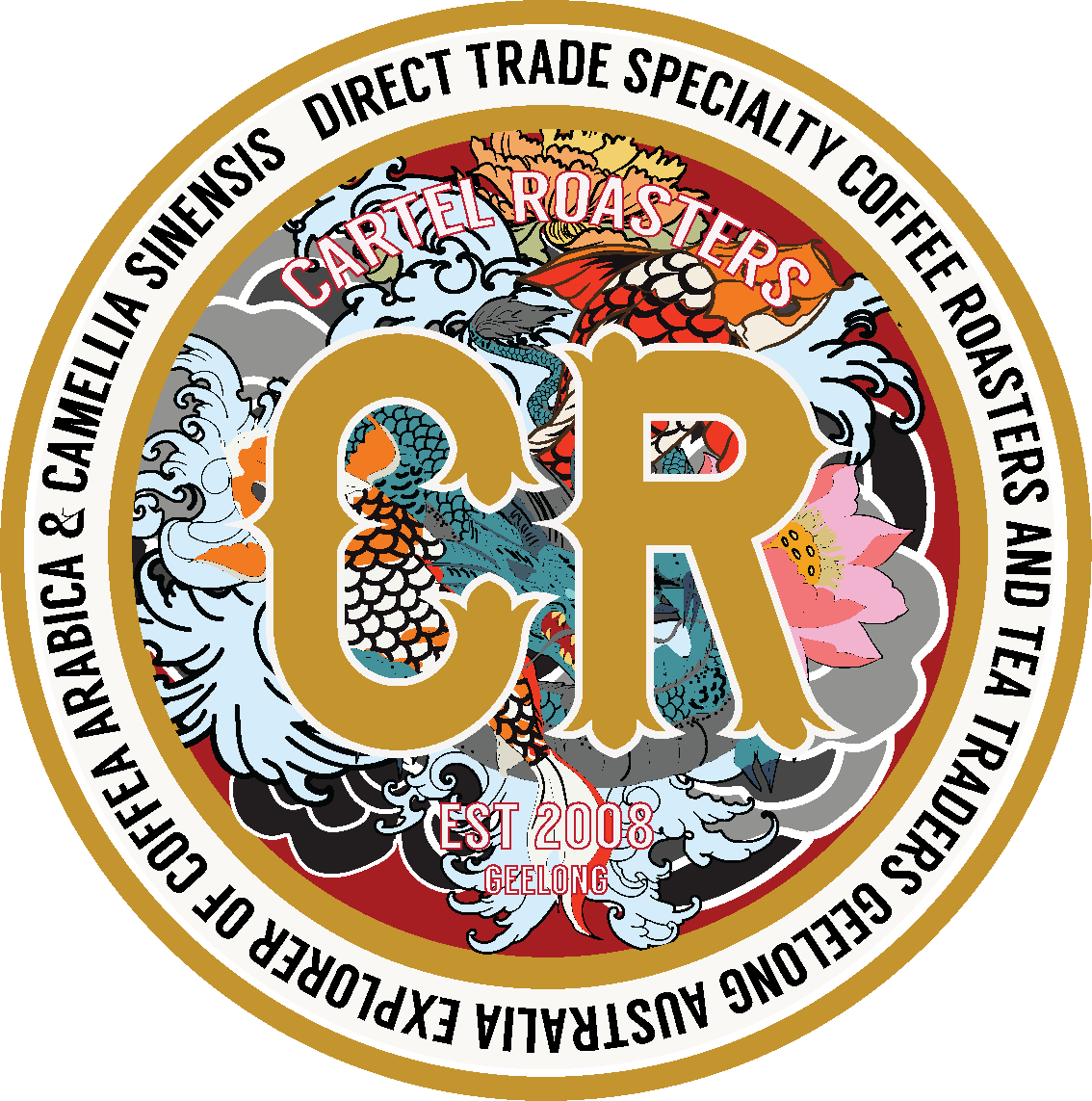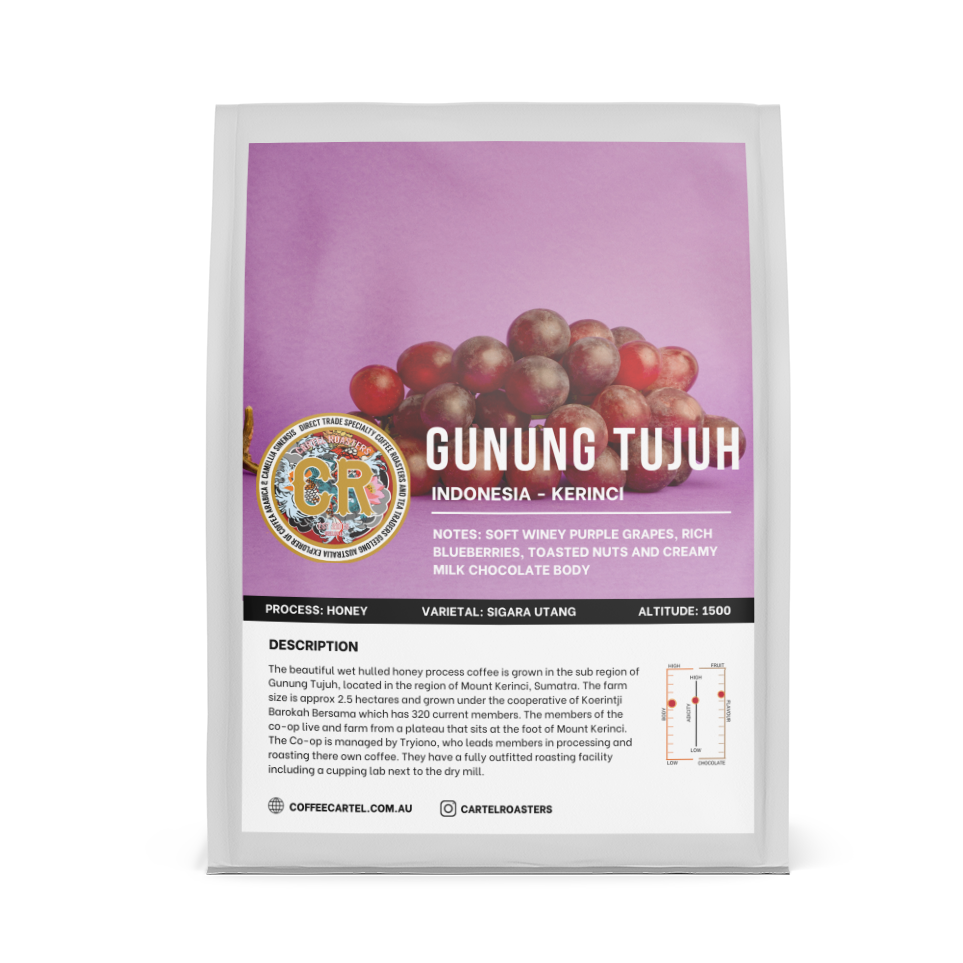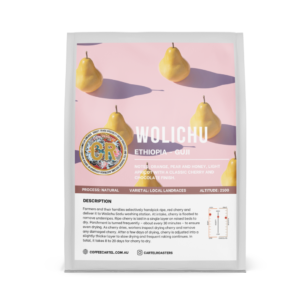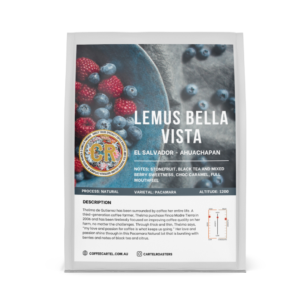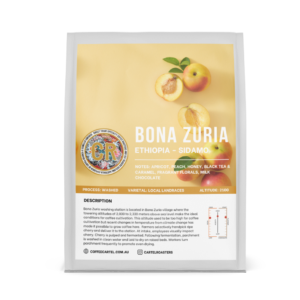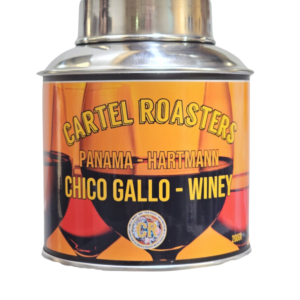About this coffee
- Altitude: 1400 - 1700 masl
- Farmer: Koerintji Barokah Bersama Co-op
- COUNTRY: Indonesia (Sumatra)
NOTES: SOFT WINEY PURPLE GRAPES, RICH BLUEBERRIES, TOASTED NUTS AND A CREAMY MILK CHOCOLATE BODY
The beautiful wet hulled honey process coffee from Sumatra is grown in the sub-region of Gunung Tujuh located in the region of Mount Kerinci, Sumatra. The farm size is approx 2.5 hectares and grown under the Cooperative of Koerintji Barokah Bersama which has 320 current members.
The 320 members of the Koerintji Barokah Bersama Cooperative live and farm on a plateau that sits at the foot of Mount Kerinci. Mount Kerinci is one of the many volcanoes in the Pacific Ring of Fire, a 40,000-kilometer horseshoe-shaped series of 452 volcanoes that are part of an almost constant dance of eruptions and plate movements. Mount Kerinci’s historic eruptions have assured that the surrounding area is lush and verdant thanks to the deep supply of fertile volcanic soil.
The cooperative is managed by Tryiono, who leads members in processing and roasting their own coffee. They have a fully outfitted roasting facility, including a cupping lab, next to the dry mill. This is especially impressive considering the cooperative was founded in mid-2017
Almost all farms in Sumatra are small. On average, farms are between 0.5 to 2.5 hectares. Coffee is usually the primary cash crop for farmers, but most also intercrop their trees alongside vegetables, potatoes and fruit. This intercropped produce will make up a substantial part of the family’s diet for the year.
In addition to growing coffee as a cash crop, many smallholder farmers also work at hired laborers at the nearby tea plantations. Tea is also a huge crop in the area. The bigger tea plantations are often near coffee farms. When the harvest is finished, coffee farmers will go there and pick leaves under contracted labor.
There are more and more initiatives by farmers on Sumatra to organize themselves into cooperatives. In the past, farmers did not have much leverage to help themselves get better prices for their cherry or parchment. When they’re in cooperatives, they can share resources, organize training and negotiate better prices.
